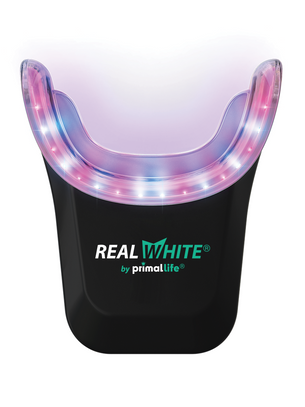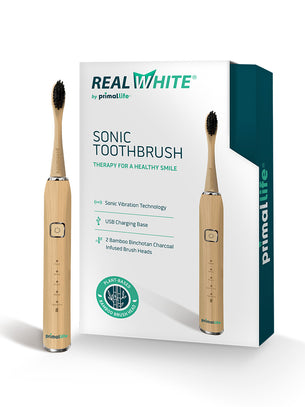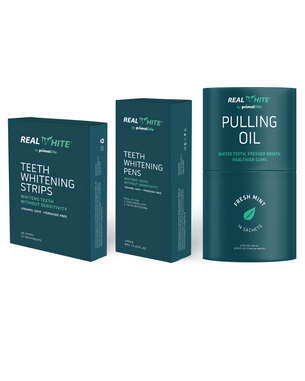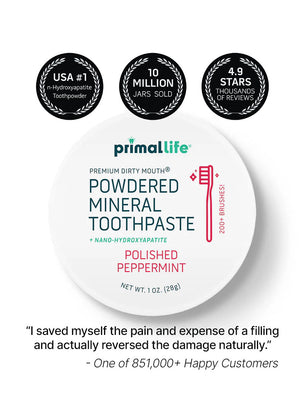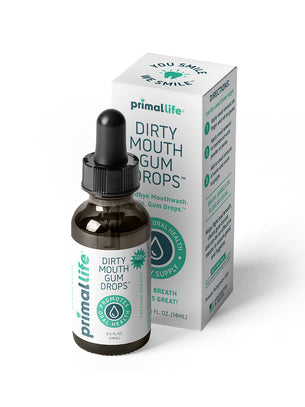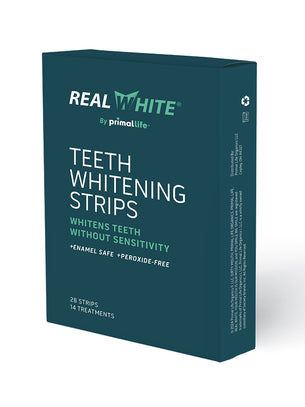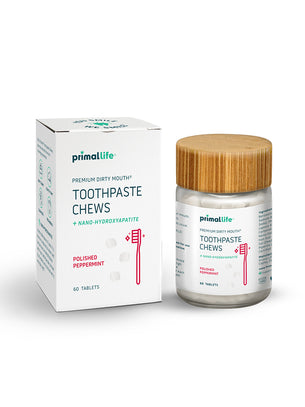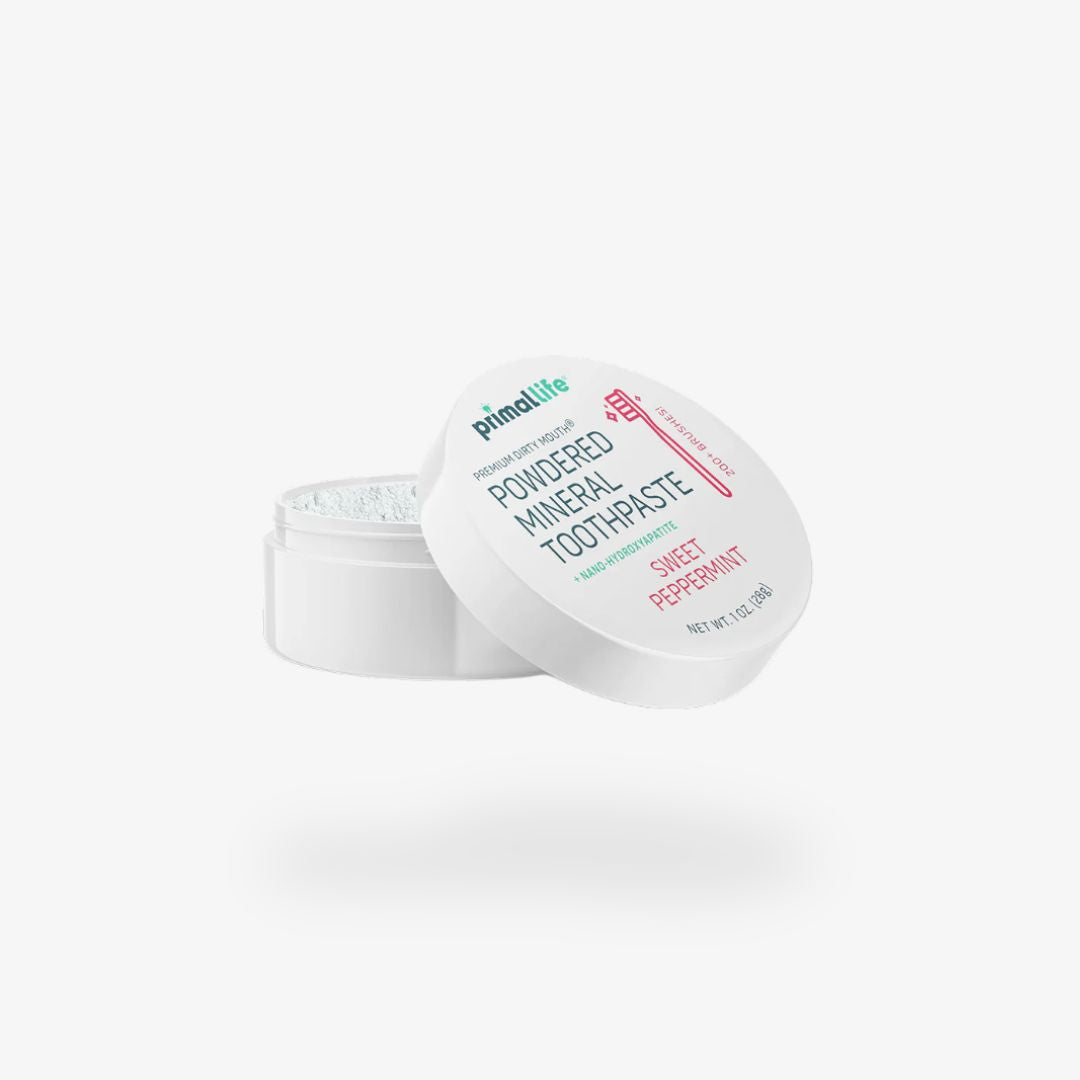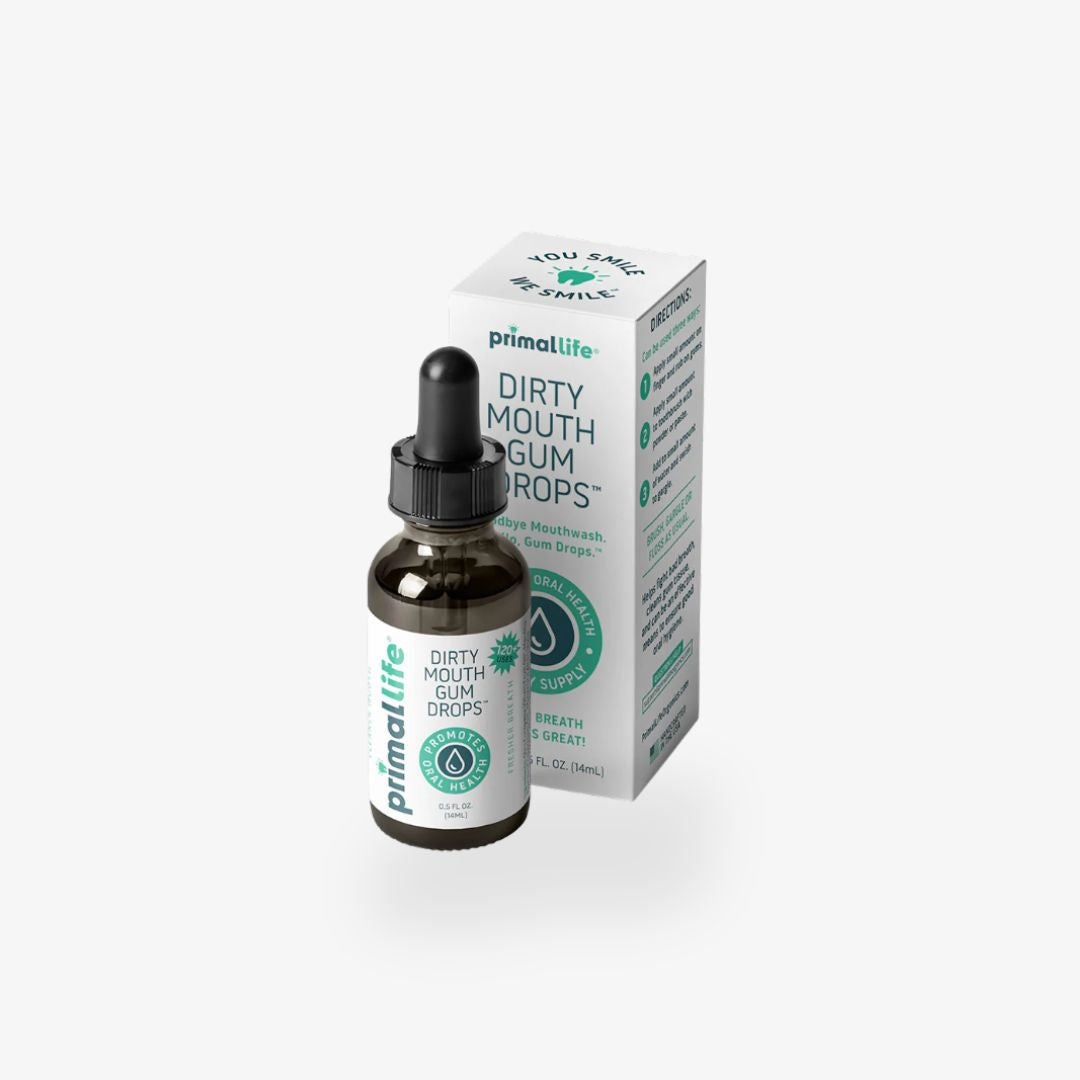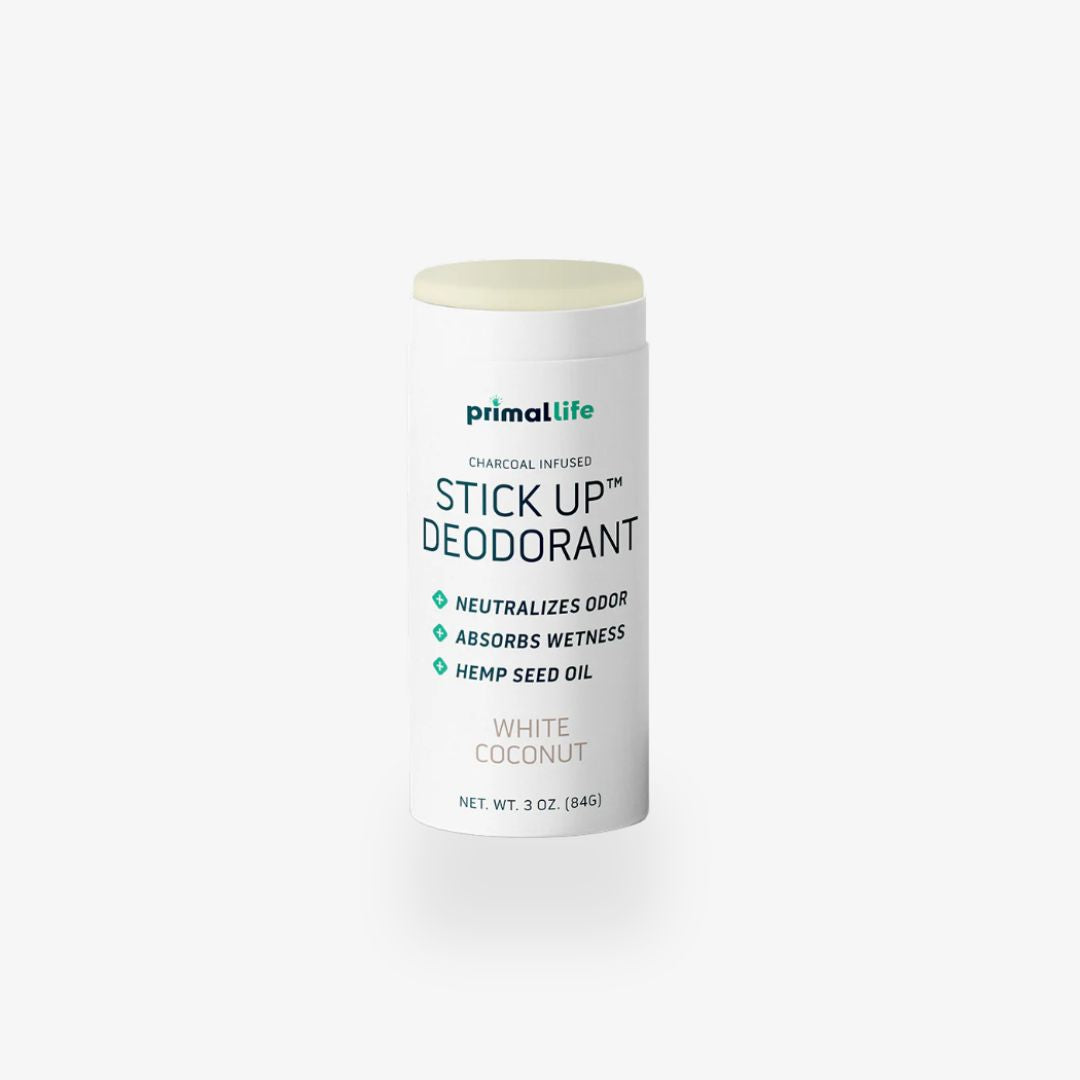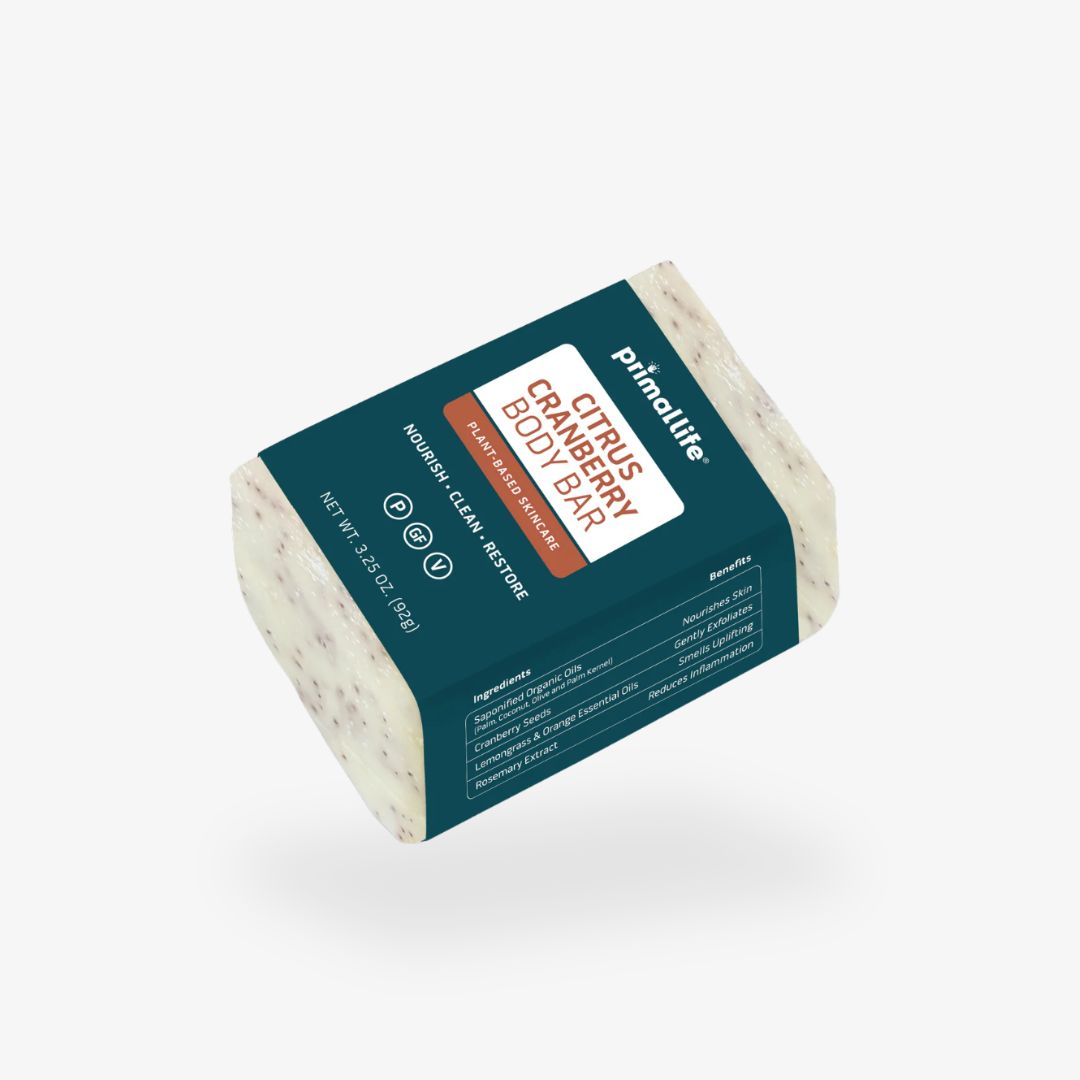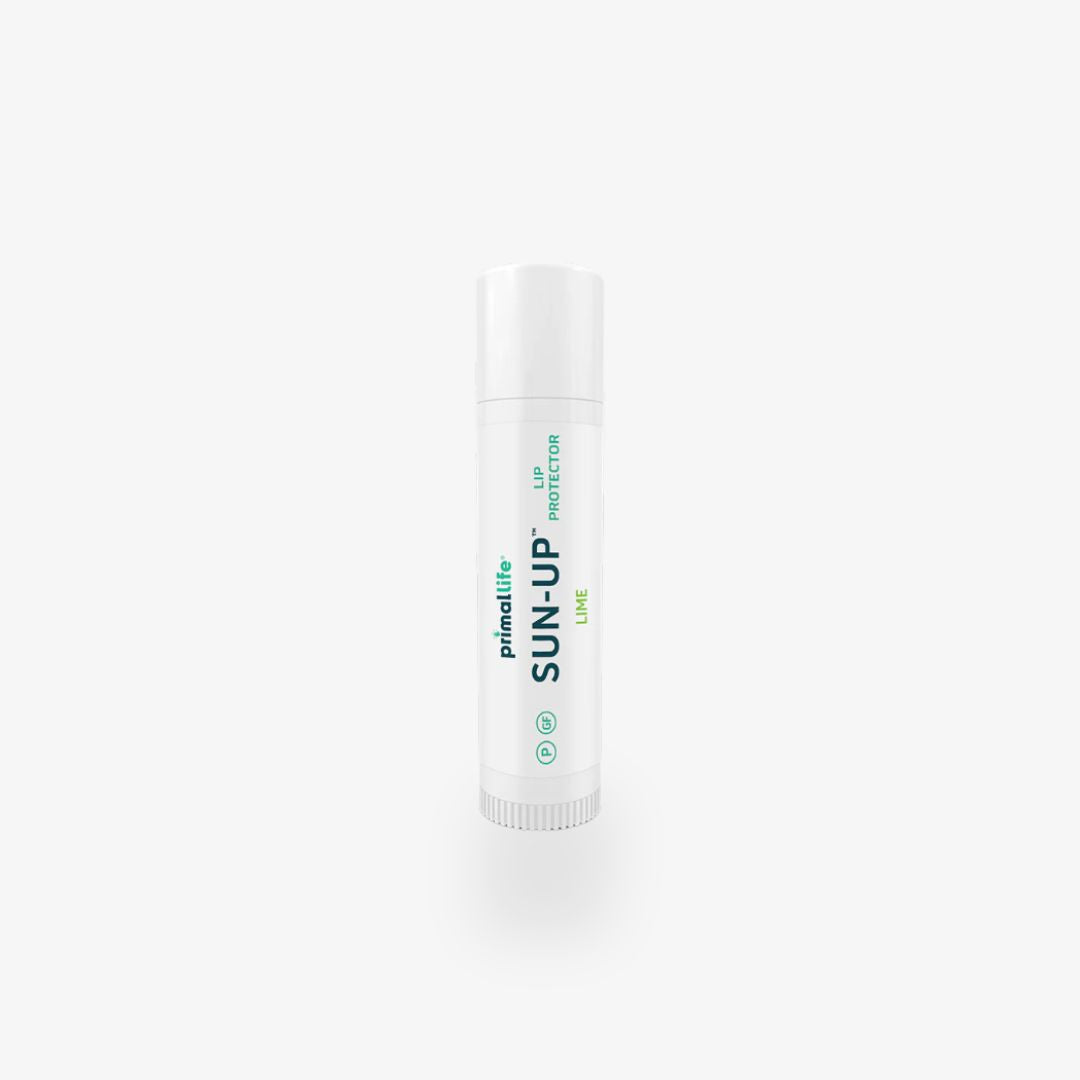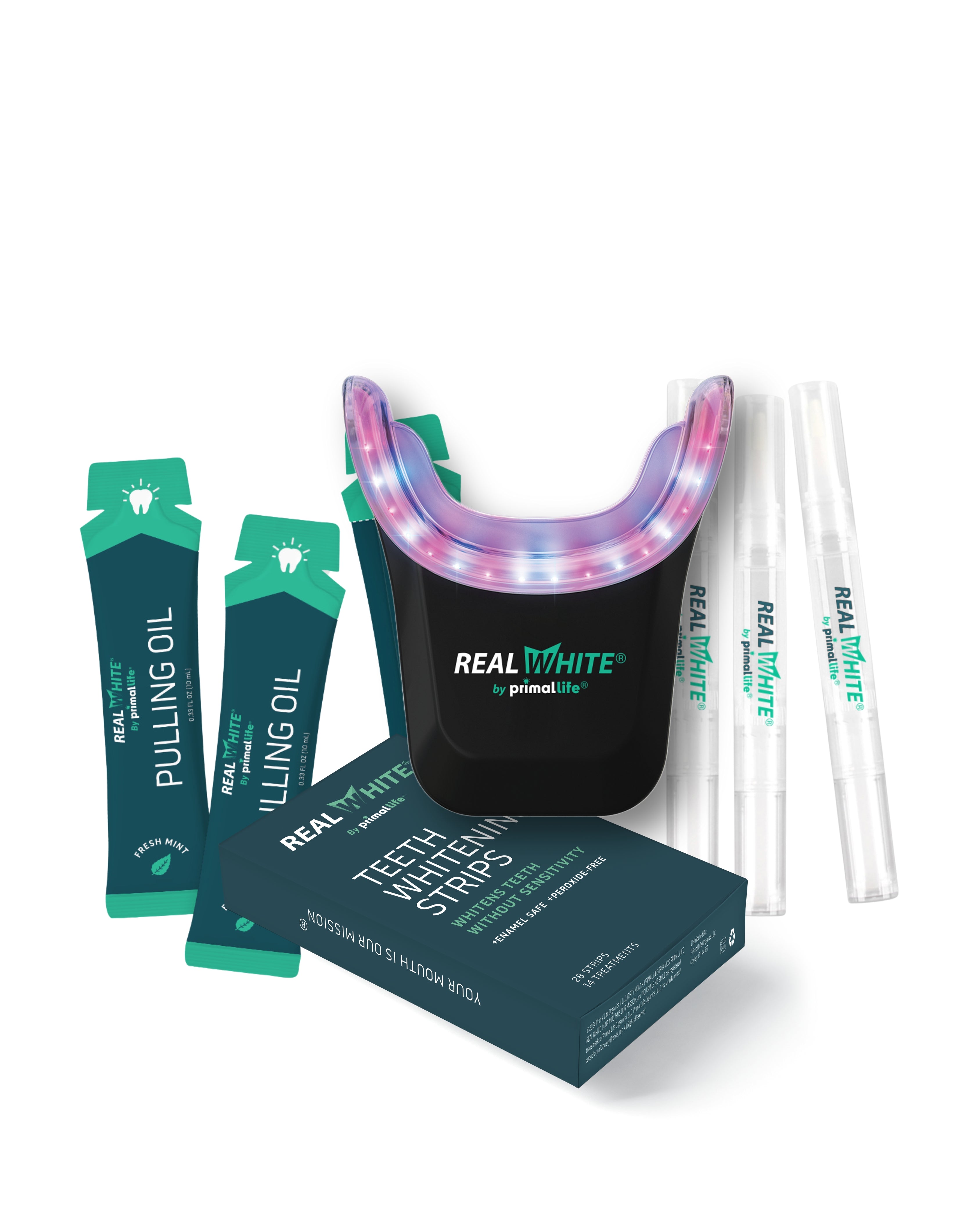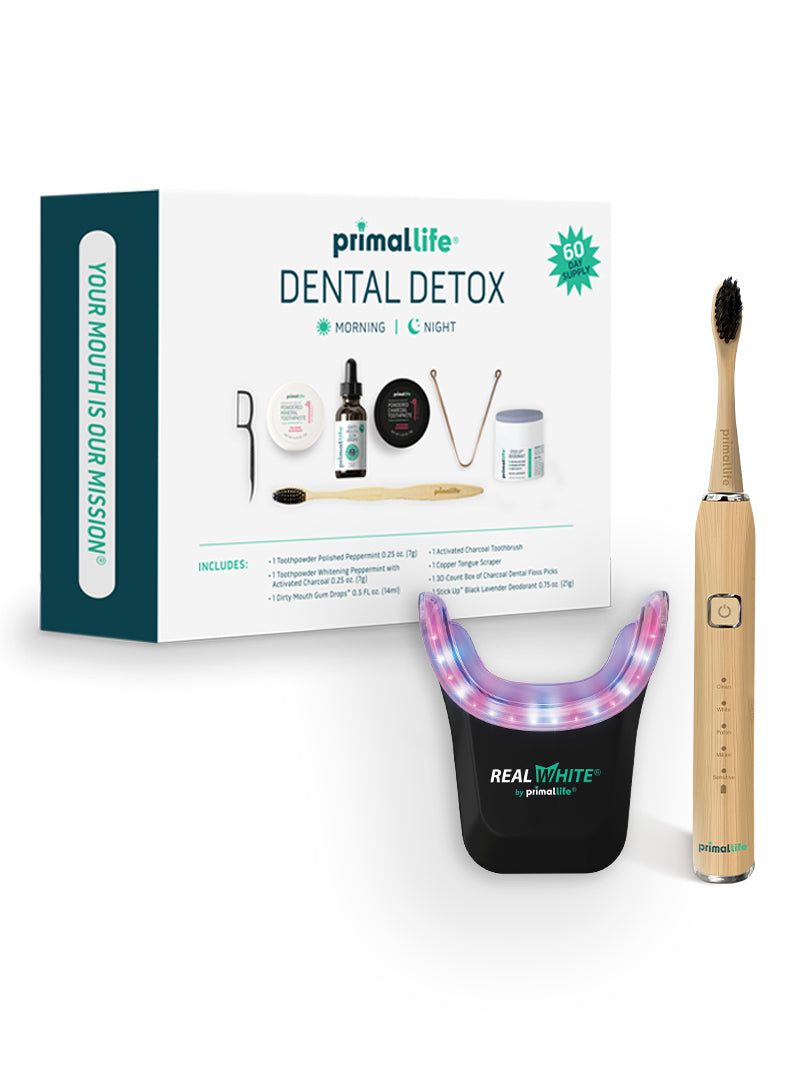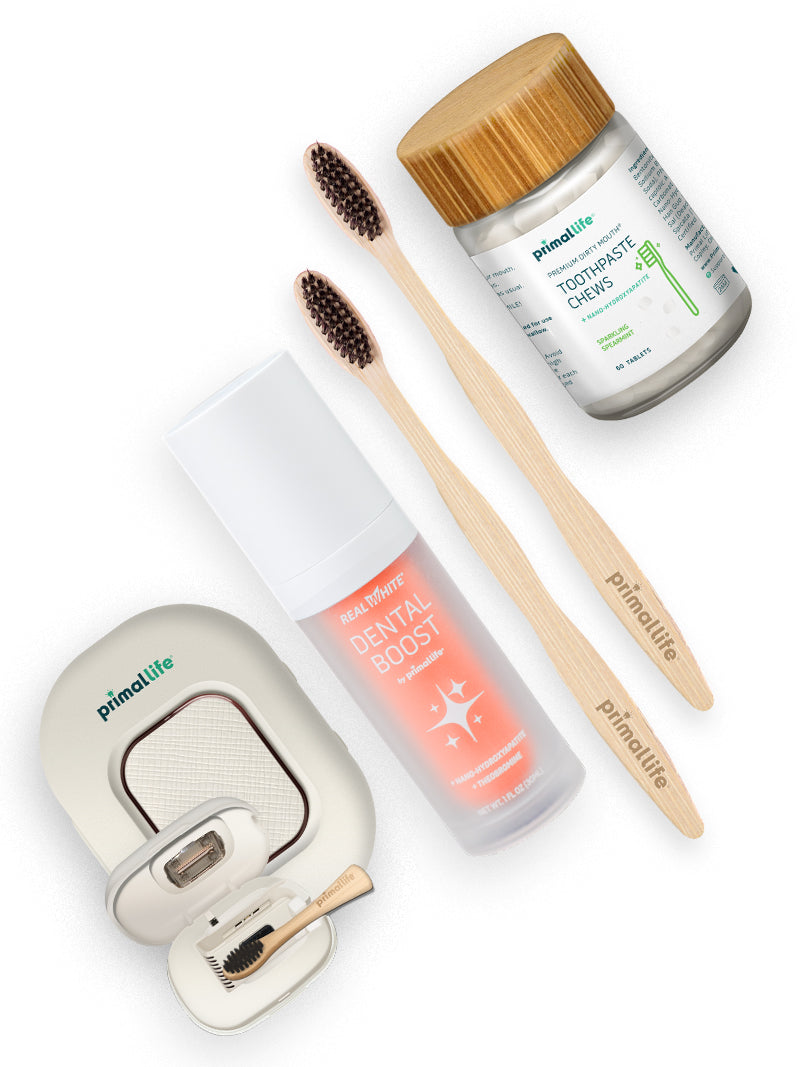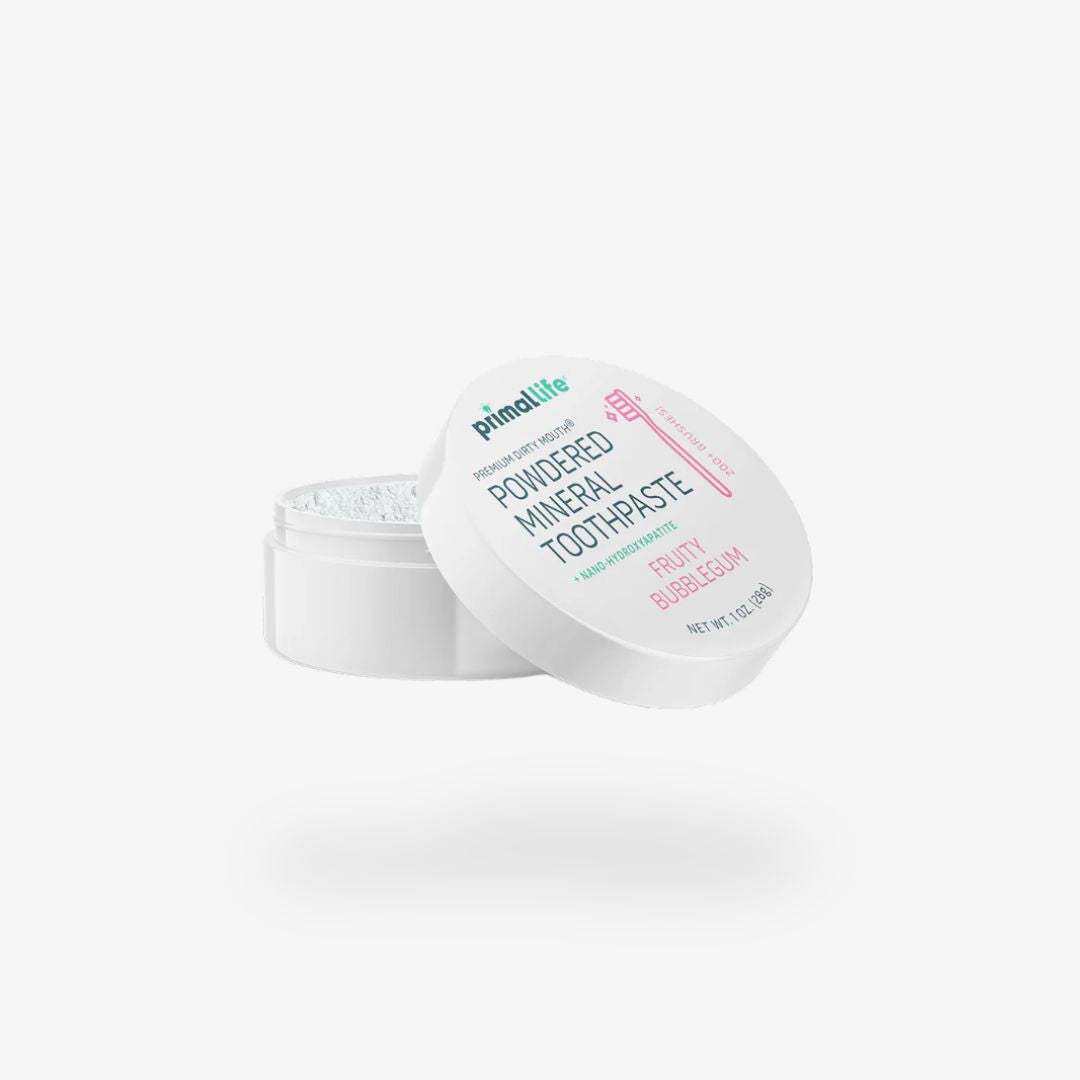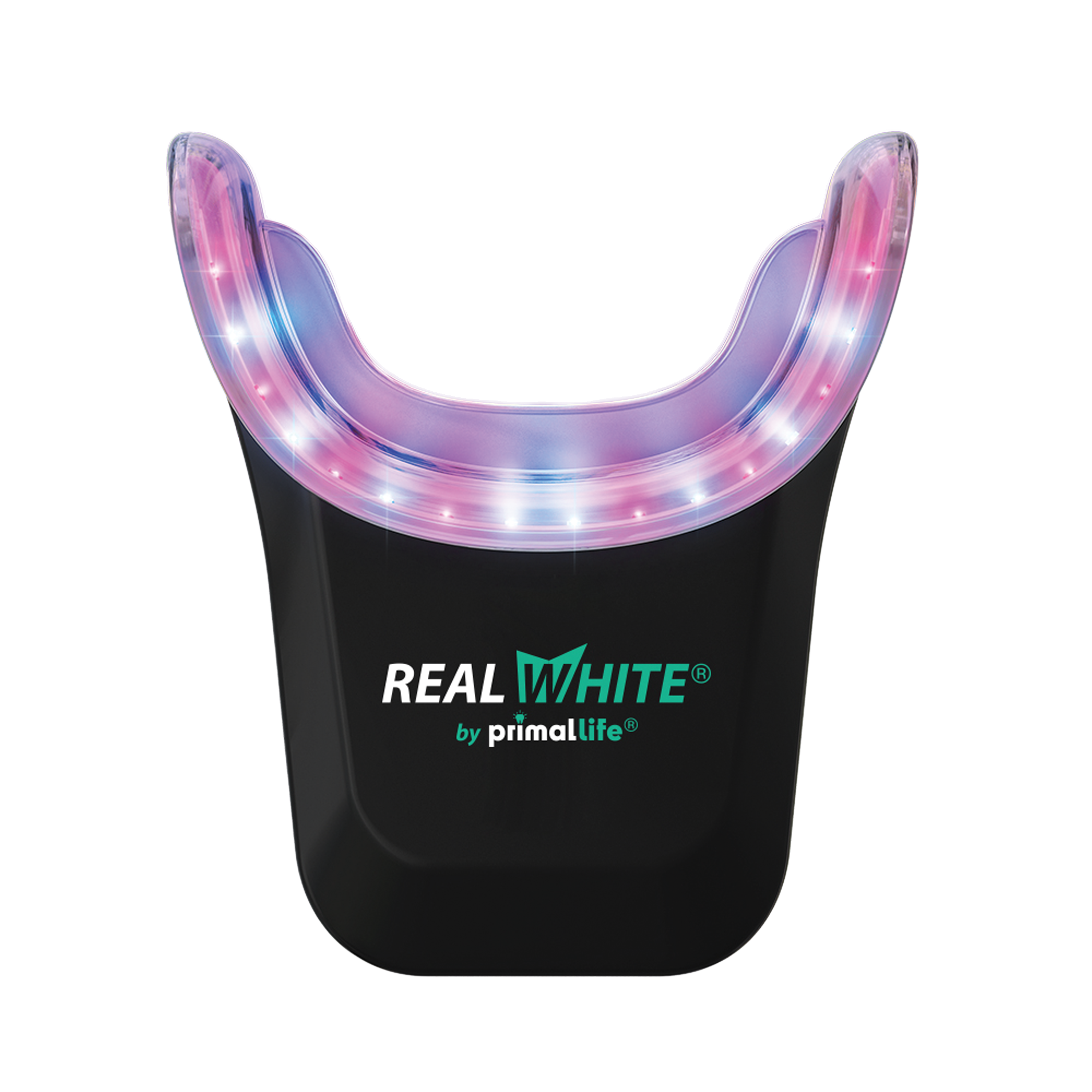 Imagine trying to learn a new skill that’s light years out of your comfort zone, like filing your taxes or writing website code, but the directions are written in a foreign language.
Imagine trying to learn a new skill that’s light years out of your comfort zone, like filing your taxes or writing website code, but the directions are written in a foreign language.
That’s what it feels like when you try to interpret the information listed on beauty product labels.
Sodium cocoamphoacetate?
Cetearyl alcohol?
Acrylates/C10-30 Alkyl Acrylate Crosspolymer?
A toddler’s gibberish would be easier to interpret!
But this is exactly why reading skincare labels is one of my favorite topics. More often than not, beauty product labels are confusing and wildly misleading.
How can we possibly give our skin the TLC that it deserves when we’re not even sure what chemicals and toxins are lurking in the formulas we’re buying?
It’s time to take back control from the Big Cosmo industry and take a stand over which ingredients we’re willing to rub into our skin… and that begins with understanding exactly how to translate skincare labels with five easy steps.
Why Is It So Important to Read Beauty Product Labels?
Cracking the code of skincare labels is the only way to know if a product is worth your time, money, and wellness.
It’s easy for name brands to use clever marketing strategies that lure customers with promises of Non-Toxic! and Powerful Anti-Aging! But labels can be — and usually are — misleading. Product companies strategically manipulate the rules governing product labels to make their formulas appear safe and natural. They put lipstick on a pig, but underneath that shade of Dragon Girl, there’s still a long list of ugly ingredients.
It’s exactly why I’m so passionate about helping others make sense of beauty product labels. Even though most ingredients can’t even be pronounced, you really can learn to read and understand labels in five easy steps.
5 Easy Tips to Read Skincare Labels
Remember, most beauty products aren’t regulated by the FDA, so you have to be your own beauty police. It’s time to dig into the ingredients listed on skincare labels.
What are you looking at, what the heck does it all mean, and how should you change your shopping decisions accordingly?
The Rule of 5
All cosmetic brands must list their ingredients according to the FDA’s cosmetic labeling requirements. One of the FDA’s rules states that ingredients must be “declared in descending order of predominance.”
This is why The Rule of 5 is so helpful: the first five ingredients listed on any label account for approximately 75% to 90% of the entire product.
If the first five ingredients are synthetic, unrecognizable, or impossible to pronounce, place that bottle back on the shelf and walk away. You don’t need that crap on your skin! On the other hand, if the first five ingredients are essential oils, herbs, extracts, and other plant-based oils, you’re in safe territory.
Which would you rather slather all of your skin: red raspberry seed oil or diethanolamine? The choice is pretty easy... stick with the ingredient you can actually recognize and pronounce!
The 1% Rule
In most cases, only the first five ingredients actively influence the condition of your skin. Ingredients listed after the first five are usually added in such low concentrations they can’t provide benefits.
Ingredients that make up less than 1% of a product don’t have to be listed in any particular order. Cosmetic companies strategically put the “best looking” ingredients at the beginning of the 1% list. They want to distract your attention away from the first five toxic, synthetic ingredients and draw your attention to the “helichrysum italicum extract” and “lavandula stoechas extract” that sound so natural and nourishing.
Even the most “natural” ingredients can’t do much when they’re added in concentrations of less than 1%. Of course, Big Cosmo knows that. They’re just hoping that their customers don’t.

Organic Vs. Conventional
Unfortunately, it’s not enough to find a product that uses plant-based ingredients. If the plant-based ingredients are sourced from conventionally grown plants, you’re automatically exposing yourself to herbicides, pesticides, and other toxins associated with non-organic farming.
It’s not just apples and grapes that you want to buy organic, it’s skincare as well! When you purchase face wash, serum, or lotion formulated with conventionally grown plant-based ingredients, all of those chemicals get passed into your skin. Herbicides like glyphosate aren’t processed out of plant oils; they’re passed into the formulas instead.
The solutions are easy: select products that use ingredients sourced from plants labeled as at least 95% organic or wildcrafted AKA foraged.
And the term “organic” isn’t just a buzzword, although many brands use it that way. By definition, organic farming represents a collection of practices that rely on natural processes and materials instead of chemicals. The goal of organic agriculture, according to the USDA, is to “support the cycle of on-farm resources, promote ecological balance, and conserve biodiversity.”
Keep in mind that, considering the Rule of 5 and The 1% Rule, it’s not enough to list a few Certified Organic ingredients at the bottom of a skincare label. Unless Certified Organic ingredients are listed first, you’re still exposing your skin to a laundry list of harmful toxins.
The #1 Ingredient to Avoid
There are plenty of cosmetic ingredients to avoid like the poisons they are, but there’s one ingredient you’d never think to suspect: water!
I challenge you to walk into your bathroom right now and read the first ingredient on your favorite skincare products. More likely than not, it’s water, even if it's "dressed up" with a more sophisticated term like aqua or l'eau.
I know what you’re thinking: We’re told to drink water to stay hydrated and healthy, so how is it possibly bad for our skin? The unfortunate truth is that water has a much different influence when added to cosmetic products than when sipped from your Hydro Flask.
Water-based products dehydrate your complexion by pulling moisture out of your skin. Which means you’re paying for a product that achieves the opposite of its purpose. It’s madness!
Water-based skincare products also disrupt the natural sebum oils on your skin. As many as 900 sebaceous glands cover your skin to secrete sebum that moisturizes and protects your skin. This natural sebum is critical to the survival of the healthy bacteria that prevents acne, dryness, and other unwanted skin problems.
Even worse, most products use standard tap water instead of filtered water. When the water evaporates, it leaves behind high concentrations of toxins and heavy metals on your skin.
Although you may not be able to see the toxins and heavy metals accumulated on your face, you’re sure to notice their side effects like wrinkles, dullness, acne, and discoloration.
Just in case this isn’t enough to convince you water is the #1 ingredient to avoid, remember that tap water contains endocrine disruptors and a long list of other toxins you would never voluntarily allow on or near your body:
- Disease-causing bacteria
- Heavy metals
- Gasoline solvents
- Synthetic chemicals
- Industrial waste products
- Disinfectant byproducts
- Radioactive substances
This is exactly why any product containing water as the first ingredient should set off a red warning light in your mind. Don’t fall into the trap of spending money on a water-based product with a flawed formula that will never deliver on its promises.
Look For Trade Secrets Marked as “Fragrance”
There’s one final trick to understand as you read skincare labels: the word “fragrance” isn’t nearly as innocent as it sounds.
As the FDA explains, companies are not required to disclose the ingredients used to create fragrances or flavors since they’re considered “trade secrets”. This makes it impossible to know exactly which chemicals and toxins are loaded into your skincare products.
This is especially concerning when you consider that the International Fragrance Association (IFRA), the international organization tasked with promoting the safe use of fragrances, does not ban some of the most controversial fragrance ingredients. The IFRA standards don't implement restrictions on known carcinogens, phthalates, or synthetic musks, all of which pose threats to human health.
The IFRA does, however, provide a list of more than 3,000 chemicals that are regularly included in the formulas manufacturers call "Fragrance." Many of these chemicals are also listed as chemicals of concern on important publications like California Proposition 65, the European Union Endocrine Disruptors Priority List, and the National Toxicology Program 13th Report on Carcinogens.
The question is... what are those chemicals doing anywhere near our skincare products!?

Even skincare products that claim to be “fragrance-free” aren't always safe. They often purposefully include fragrance ingredients to mask the intense odor of other chemical compounds and appear unscented. Only a close investigation of the ingredients label will tell you the truth.
Although it’s impossible to know exactly how harmless or dangerous a specific product’s “fragrance” ingredients are, we do know the reported common side effects, including respiratory distress, allergies, and hormone disruption.
Beyond the Label: What Does the Packaging Say?
Once you're done using my five easy steps for reading skincare labels, give some attention to the product packaging itself. In many ways, packaging may influence the moisturizers and serums they contain just as much as the ingredients.
This is the shortlist of packaging materials you can trust: glass, tin, cardboard.
And here’s the even shorter list of packaging materials you usually find: plastic.
Skincare products packaged in plastic should send alarm bells ringing in your head, especially for liquid formulas. Plastic expands and contracts during temperature changes, and you can bet that your favorite (plastic) jar of anti-aging serum experiences several temperature fluctuations through its lifespan of manufacturing, packaging, shipping, and storage.
Every temperature change and resulting contraction or expansion gives toxins and chemicals the opportunity to leach from the plastic into your skincare formula. Worse yet, the list of toxins and chemicals lurking in plastic packaging includes thousands of compounds that may pose potential dangers to human and environmental health.
This phenomenon is easy to see and taste when you leave a plastic water bottle in your car on a hot summer day. Intense heat breaks down chemical bonds and causes plastic chemicals to quickly contaminate the water. You can probably taste a hint of those toxic chemicals if you accidentally drink the water. Now imagine that on a much larger scale as you slather contaminated skincare products all over your face and hope for a clearer complexion.
Unfortunately, there's no shortage of dangerous chemicals ready to travel from their plastic container into your favorite moisturizer. Bisphenol A (BPA), for example, is one of the most notorious plastic chemicals. It's added to hard plastic products ranging from water bottles to toiletries. Despite research linking BPA to hormone disruption, reproductive disorders, heart disease, and other severe health problems, many plastic containers still contain this toxin.
In other words, skincare products sold in plastic containers don’t just hold the confusing and toxic ingredients on their labels; they also contain hidden toxins and chemicals like BPA that leached out of their plastic packaging!
Are There Exceptions to the Rules?
As you’re navigating the wild world of skincare labels, there’s only one exception to the rules to consider.
It’s acceptable to choose a toner that includes water. Toner’s entire purpose is to prepare your skin for nourishment, which is why it’s supposed to be followed by a nutrient-rich moisturizer. The sharp, drying sensation you experience when applying toner is the water evaporating off your skin and leaving your pores open and desperate for moisture.
But this is really the only safe reason to apply a water-based product to your skin. Following a water-based toner with a water-based moisturizer just double-dehydrates your skin, so choose your moisturizer carefully!
What Does a Great Beauty Product Label Look Like?
It doesn’t take much effort to find examples of skincare labels to avoid — all you have to do is walk into a store that sells cosmetics! As a result, most of us aren’t even familiar with product labels that are legitimately safe, natural, and effective.
Luckily for us, Primal Life Organics offers perfect real-life examples. A quick glimpse at the label for Carrot Seed Moisturizer proves that it’s different from standard skincare products. Check out the list of ingredients:
Rosehip Seed Oil*, Marula Oil*, Bakuchiol Oil*, Pure Filtered Beeswax*, Jojoba Oil*, Extra Virgin Olive Oil*, Carrot Seed Oil*, Lavender Oil* *Certified Organic
Yes, that’s it. That’s every single ingredient used to formulate Bare Face Moisturizer. No synthetics, dyes, fragrances, or preservatives. No 14-syllable words you can’t pronounce. Just real, pure, natural ingredients combined to rejuvenate your complexion without threatening your health.
When you go to wash your face this evening, dare yourself to read the ingredients label. Now that you understand what you're reading, you'll be able to make much better decisions for your skin. If you don't like what you see, it's time to treat your complexion to the pure, certified organic, natural ingredients it deserves!
Resources
https://pubs.acs.org/doi/abs/10.1021/acs.est.9b02293
https://www.consumerreports.org/toxic-chemicals-substances/most-plastic-products-contain-potentially-toxic-chemicals/
https://www.sciencedirect.com/science/article/pii/S0278691512005376?via%3Dihub#!
https://www.ncbi.nlm.nih.gov/pubmed/23904465
https://www.ncbi.nlm.nih.gov/pmc/articles/PMC4143868/
https://www.fda.gov/cosmetics/cosmetics-labeling-regulations/summary-cosmetics-labeling-requirements
https://ifrafragrance.org/safe-use/introduction-enjoy-confidence
https://ifrafragrance.org/initiatives/transparency/ifra-transparency-list
http://www.biomedres.info/biomedical-research/health-effects-of-agricultural-pesticides.html
https://www.sciencedirect.com/science/article/pii/S0048969717330279
https://www.ams.usda.gov/sites/default/files/media/Organic%20Practices%20Factsheet.pdf
https://www.usda.gov/topics/organic
https://www.ncbi.nlm.nih.gov/pmc/articles/PMC2835893/
https://www.epa.gov/ccl/types-drinking-water-contaminants
https://www.fda.gov/cosmetics/cosmetics-labeling/trade-secret-ingredients
https://www.ewg.org/enviroblog/2014/08/expert-panel-confirms-fragrance-ingredient-can-cause-cancer
Read more
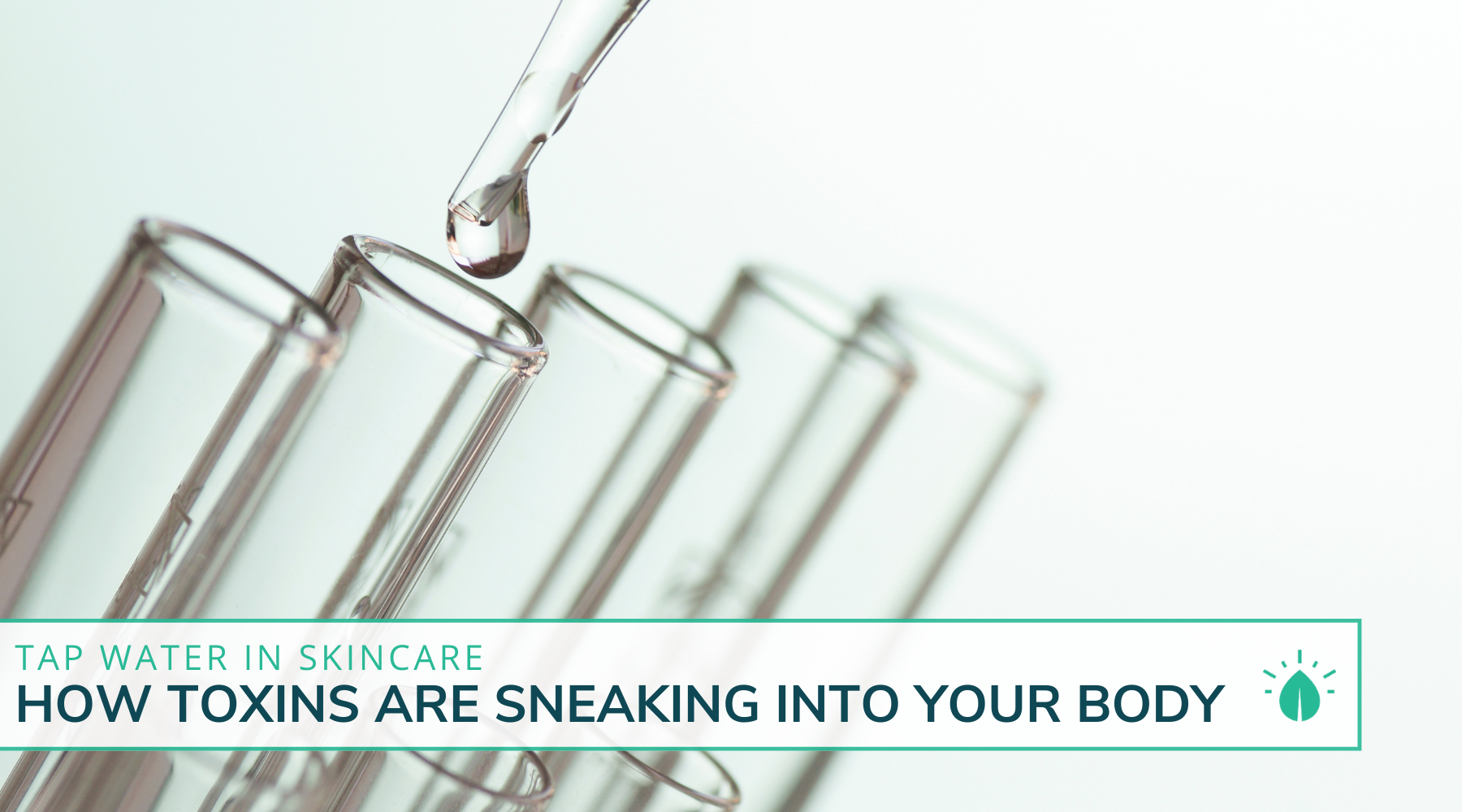
You feel like crap. Every day you take extra measures to be healthy. You drink purified water. Work out. Meditate. Walk the dog. Eat organic. Use fluoride-free toothpaste. You even made the...
Unlike silver used in jewelry, colloidal silver has many health benefits. Antibacterial, antimicrobial, and antiviral are some of the words associated with this natural remedy. Yet despite ample sc...
